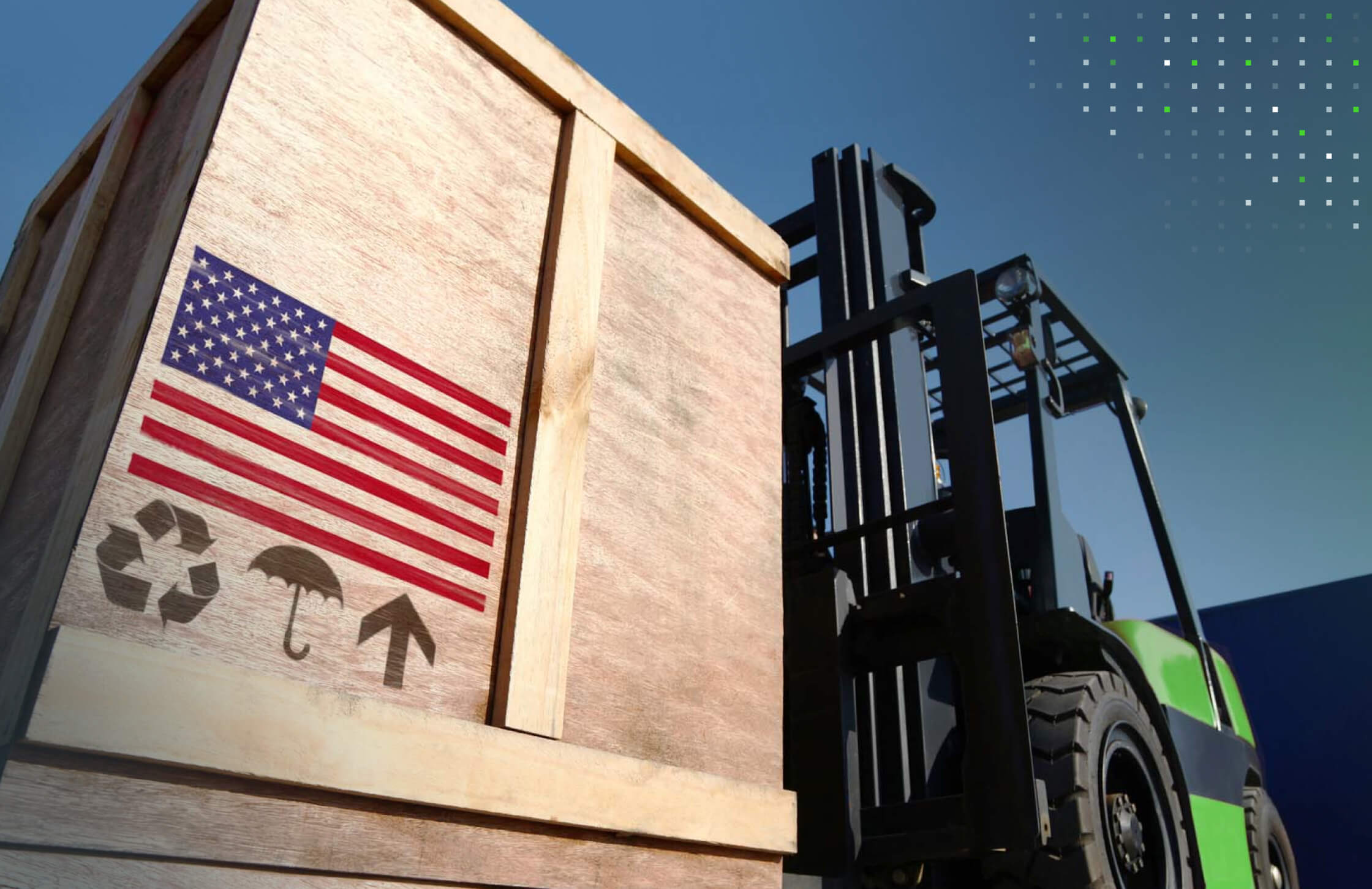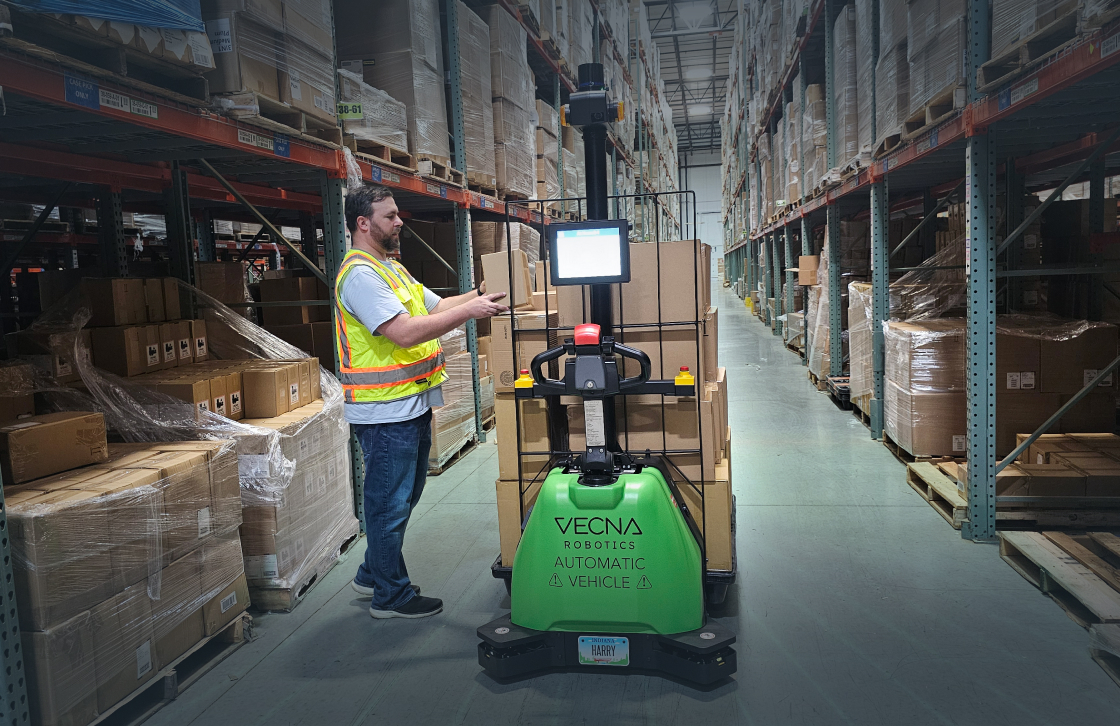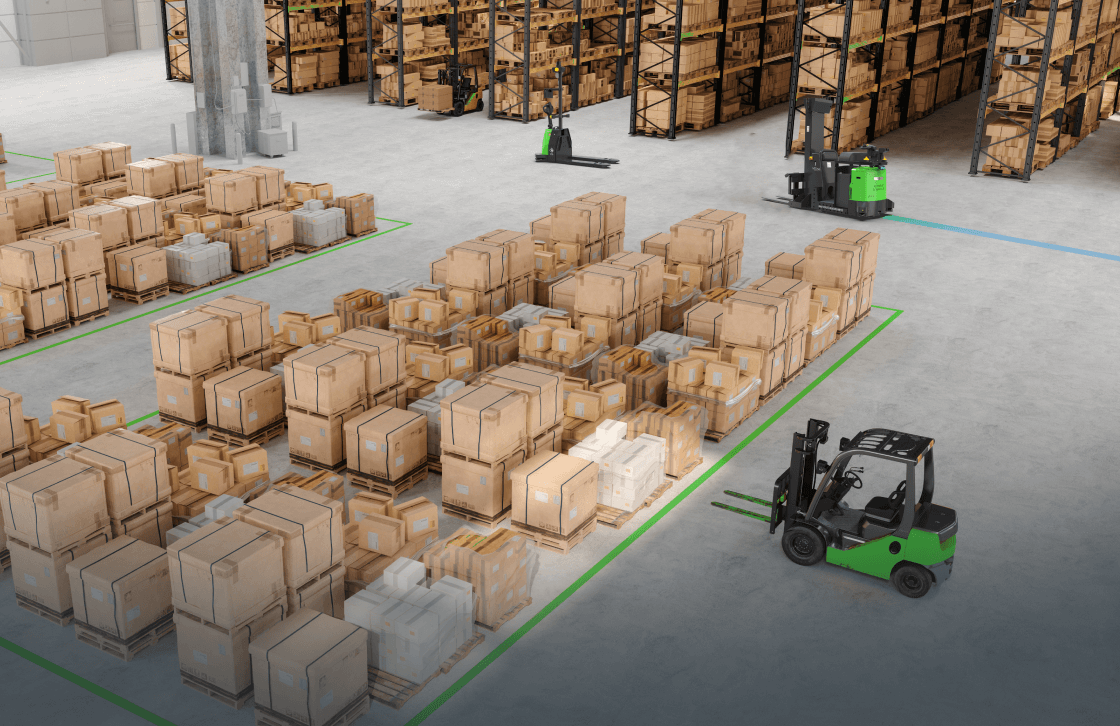Reshoring is the practice of bringing manufacturing and services back North America from overseas in an effort to reduce cost, improve customer responsiveness and restocking times, and as a hedge against persistent supply chain disruptions worldwide.
What are the benefits driving the reshoring trend?
Recently, the practice of reshoring is taking the industry by fire. The COVID-19 pandemic, trade wars, and global conflicts have forced companies to rapidly adapt to seismic supply chain disruptions. As a result, what was widely accepted as conventional wisdom for warehouses and manufacturers is looking less wise each quarter. Chief among the industry truisms to meet its demise is the popularity of offshoring.
Enduring instability in supply chains has driven many companies to ditch their “far-and-cheap” mentality and embrace the home-field advantage reshoring offers. How powerful is the reshoring trend? The Kearney 2021 Reshoring Index indicates that 79% of executives who have manufacturing operations in China have either already moved part of their operations to the United States or plan to do so in the next three years. Some benefits companies may enjoy from reshoring include:
- Cost savings from reduced transportation and logistics expenses.
- Greater control over supply chain, reducing risks and uncertainties.
- Improved quality control with nearby manufacturing and operations.
- Faster time-to-market by reducing lead times and increasing responsiveness.
- Increased agility to adapt to changing market conditions and customer needs.
- Enhanced intellectual property protection by reducing the need to share it with overseas partners.
- Improved customer service by being closer to customers.
- Reduced environmental impact by decreasing transportation distances and associated emissions.
Examples of winning reshoring efforts
For companies like GE these benefits were too tantilizing to pass up. Though the company had previously pursued offshoring as a way to lower their labor costs, by the early 2000’s they had found some flaws in this strategy. Factors like inventory issues, wage and currency changes, freight costs, and personnel risk were outpacing any labor cost savings offshoring may have yeilded. In addition customers were demanding feature-rich high-quality products that were increasingly difficult to produce effectively in China. To respond, GE migrated some appliance manufacturing operation’s back to the US in 2012 – investing over 1 billion in reshoring efforts.
It didn’t take long for this investment to start paying dividends. GE garnered over $20 million in government incentives for the initial re-shoring effort, were able to tap into a younger highly trained workforce, and could utilize lean processes more effectively. As a result, GE’s dishwasher division reduced the space required for production by 80% and reduced production time per unit by 68%, while cutting excess inventory and waste. Their product also improved. In 2013 and 2014 GE’s American manufactured refrigerator won “refrigerator of the year”.
For GE, reshoring proved to be the game changer. As Earl Jones, Senior Counsel GE, stated “The new reshoring strategy of creating new and innovative products here in the U.S. will have a great advantage over top competitors such as Samsung and LG, leaders of the white goods industry within the USA.”
Other companies such as Walmart, Hubbardton Forge, and Zentech have also pursued reshoring as way to build greater reliability, quality, and value into their products.
What are the challenges of reshoring?
While reshoring can have numerous benefits, there are several challenges that companies may face when bringing their operations back to their home country. These challenges can make the process complex and financially burdensome, including higher labor costs, lack of infrastructure and skilled labor, supply chain disruption, and navigating regulations and policies. Companies need to carefully weigh the pros and cons of reshoring and develop a solid plan to address challenges such as:
- Higher labor costs at home compared to overseas competitors
- Limited availability of necessary infrastructure and specialized equipment
- Difficulty finding enough skilled labor to fill positions
- Higher upfront costs associated with relocating and re-establishing operations in a new location
- Short-term disruption to supply chains can lead to production delays and additional expenses.
- Uncertainty around regulations and policies related to international trade and manufacturing
- Loss of established relationships with overseas suppliers and partners
- Potential loss of economies of scale associated with larger-scale production in overseas locations could lead to increased costs for companies
How automation can help companies reshore effectively
If you’re thinking about jumping on the reshoring bandwagon, but worried about the challenges, fear not! Of course, reshoring is no easy task, and success is far from guaranteed. The key to matching changing demand and surviving persistent disruptions is to bring innovative, efficient production methods closer to customers—enter automation. In this article, we’ll explore three ways automation helps companies to reshore, stay competitive, and build long-term resilient and stable supply chains:
1. Automation mitigates the labor cost risks of reshoring.
Let’s face it, the bottom line is always top of mind, and deciding to reshore is no different. Moreover, labor costs in traditionally cheaper offshore countries have risen faster than in the US, making reshoring much more cost-effective than it once was. But with persistent shortages continuing to dog the North American labor market, companies considering reshoring still need to find innovative ways to balance their labor costs. Flexible automation like autonomous mobile robots (AMRs) and co-bots can help companies do more with less by automating repetitive tasks—resulting in massive gains in efficiency. How effective? MIT Technology Review found that human-robot teams can be up to 85% more efficient than humans or robots working alone.
2. Automation adapts quickly to customer demands.
Today’s consumers are as demanding as they are fickle. Keeping up with the pace set by DTC and e-commerce while maintaining customer happiness is key to the success of modern material handlers. By reshoring, you’ll be able to better align your production with customer demand and potentially reduce the risk of stock-outs or overproduction. However, there may be challenges in transitioning to new suppliers or equipment, which could impact the availability in the short term. Flexible automation helps mitigate these early pains while generating long-term returns. Unlike the robots of the past, AMRs can quickly and easily change their routes as a plant layout changes and new lines come online. In addition, software-driven automation allows companies to rapidly repurpose and reconfigure their deployments should conditions change, allowing you to quickly scale up or down production as needed.
3. Automation improves visibility, drives continuous improvement, and accelerates reshoring ROI.
For all its benefits, reshoring still represents a significant investment for businesses. Intelligent automation presents a more straightforward path to ROI for manufacturers and warehouses looking to keep their reshoring initiatives on track and get a bigger bang for their buck. With real-time data and analytics at their fingertips, manufacturers and warehouses can make informed decisions about their processes and identify areas for optimization. This can lead to increased efficiency, productivity, and cost savings. Additionally, automation can mitigate the risk of human error and drive continuous improvement. Automated systems track parts and assemblies down to the individual component and process level, enabling companies to rework or reroute products and reprioritize tasks to optimize their plan. This crystal-clear control over operations helps manufacturers and warehouses get the most out of reshoring and drive long-term success.
Reshoring can make manufacturing and distribution operations more responsive, adaptable, and resilient to global supply chain disruptions. While completely eliminating offshore strategies may only be realistic for some companies, exploring reshoring opportunities can give businesses a competitive edge. Flexible automation solutions, including robotics, can help workers be more productive and efficient, making reshoring challenges easier to overcome. To learn about how Vecna can help you reshore and nearshore check out “Build Back Better with Bots: Why You Need Automation as the Centerpiece of Your Reshoring Initiative”.
If you’re ready to get started with an initial assessment, contact us to set up an appointment with a Vecna Robotics automation expert.





